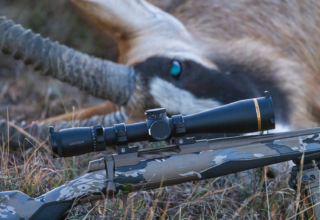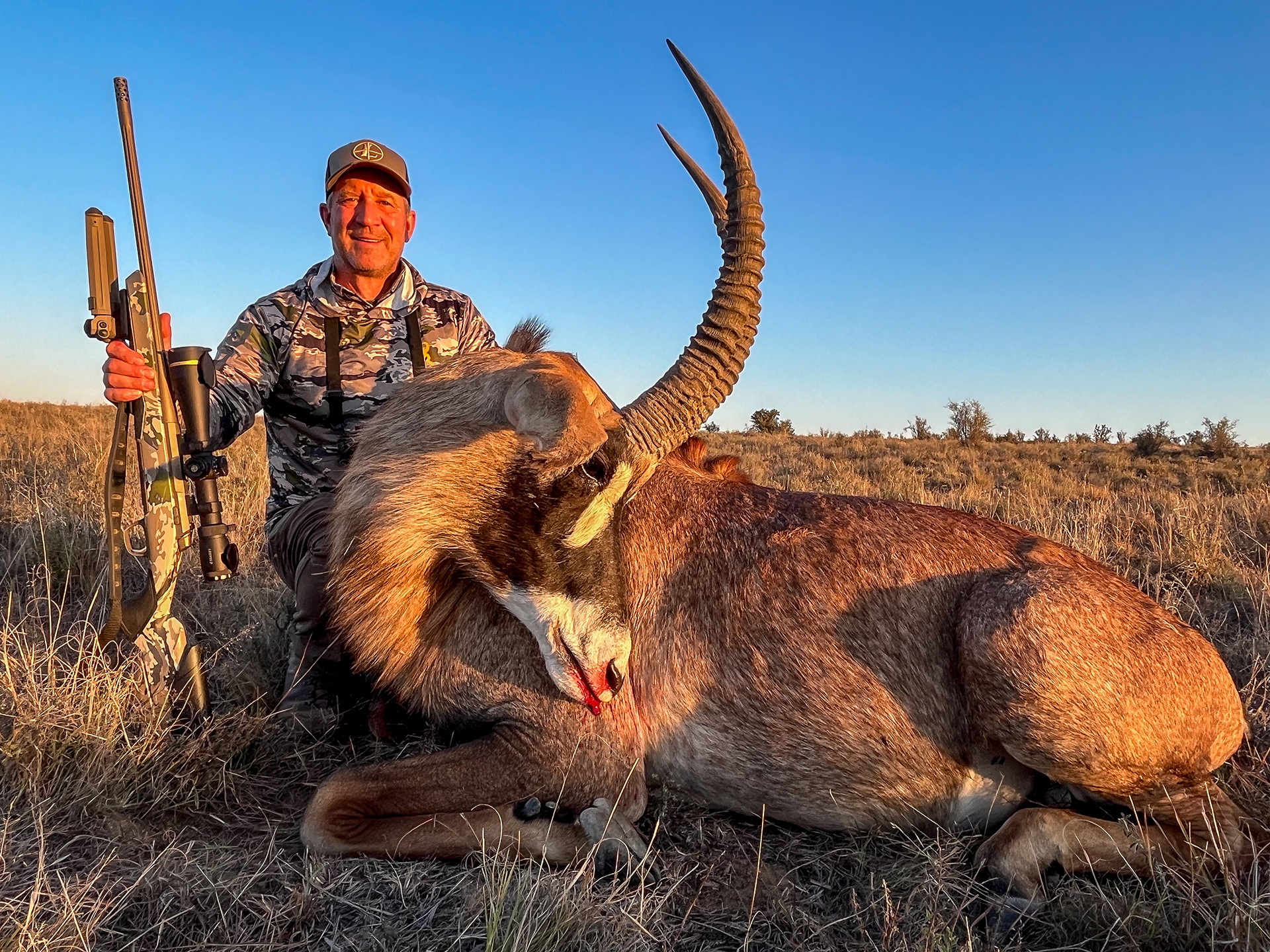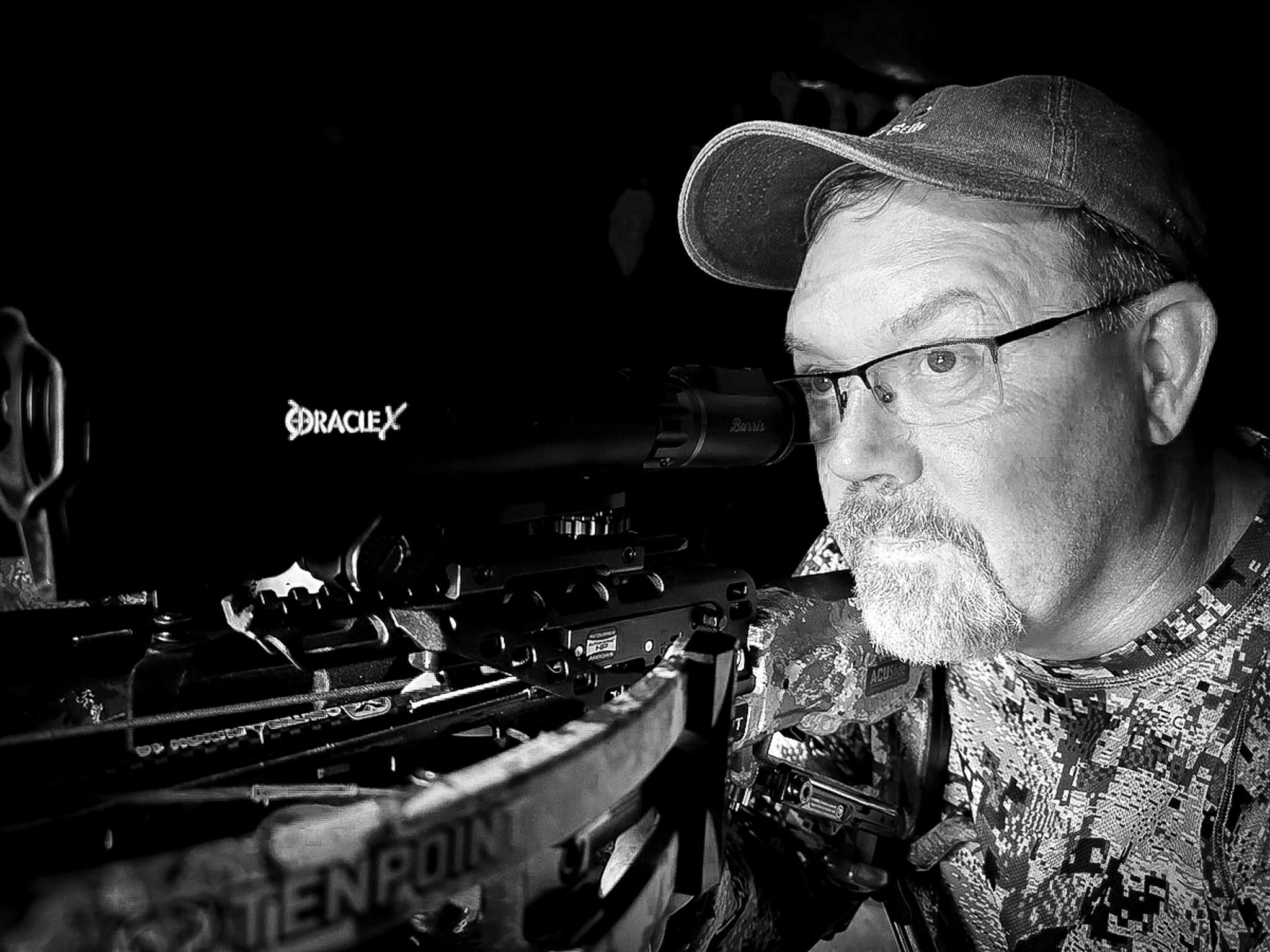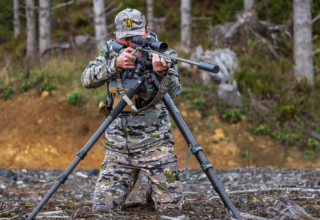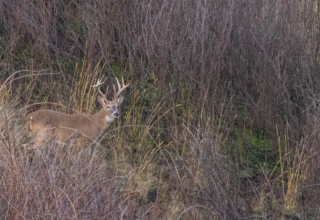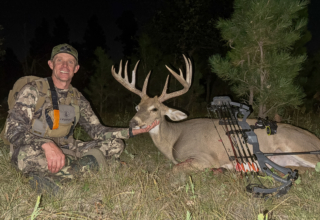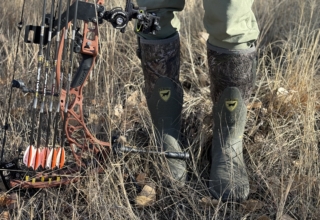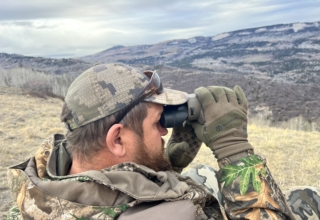If you’re traveling to Africa for your first-ever safari, heed the tips and tactics of this veteran hunter, and you’ll avoid almost every bump in the road.
by Scott Haugen
In the early 1990s, I went on my first safari to Africa, and I figured the plains game hunt would be a once-in-a-lifetime journey. As it turns out, I was wrong.
I had a great experience and fell in love with the land and the wildlife. Before the plane touched American soil, I was planning my next trip. Since then, I’ve been on 15 hunting safaris in three African countries and am looking forward to my return.
Travel Tips
The comforts of travel have vastly improved since my first trip to Africa 30 years ago. Planes are more comfortable, every passenger has an entertainment center, and the food is decent. The plane ride is an excellent break from phone calls and emails.
When packing, take a change of hunting clothes in your carry-on bag. If your checked bag is delayed, you have some hunting duds. I’ve had this happen a couple of times, and you don’t want to waste time waiting for bags when you could be hunting. Delayed bags seem to have a way of showing up, no matter how remote your camp may be.

I used to take my rifles with me; now, I borrow the outfitters. I do take my full allotment of ammunition, 11 pounds, to be exact, as that’s what’s permissible for each traveler out of the U.S. If you do want to take your own rifle, the temporary export of firearms is governed by the Export Administration Regulations, administered by the Bureau of Industry and Security. Regarding the temporary export of firearms in checked luggage aboard commercial aircraft, travelers must file a CBP form 4457. For me to drive to the issuing office in my home state, wait for the paperwork to be done, and go back home, is not worth it the time or hassle.
Many PHs (Professional Hunters or guides in Africa) have significantly upgraded the quality of rifles over the years. This is mainly due to fewer hunters bringing their own rifles and wanting to borrow or rent them from the PH. Many hunters tack on vacation time on the front or back end of their safari and don’t want to deal with hauling a firearm with them. Communicate with your PH, determine which ammo you need, and you’re set. It’s simple.
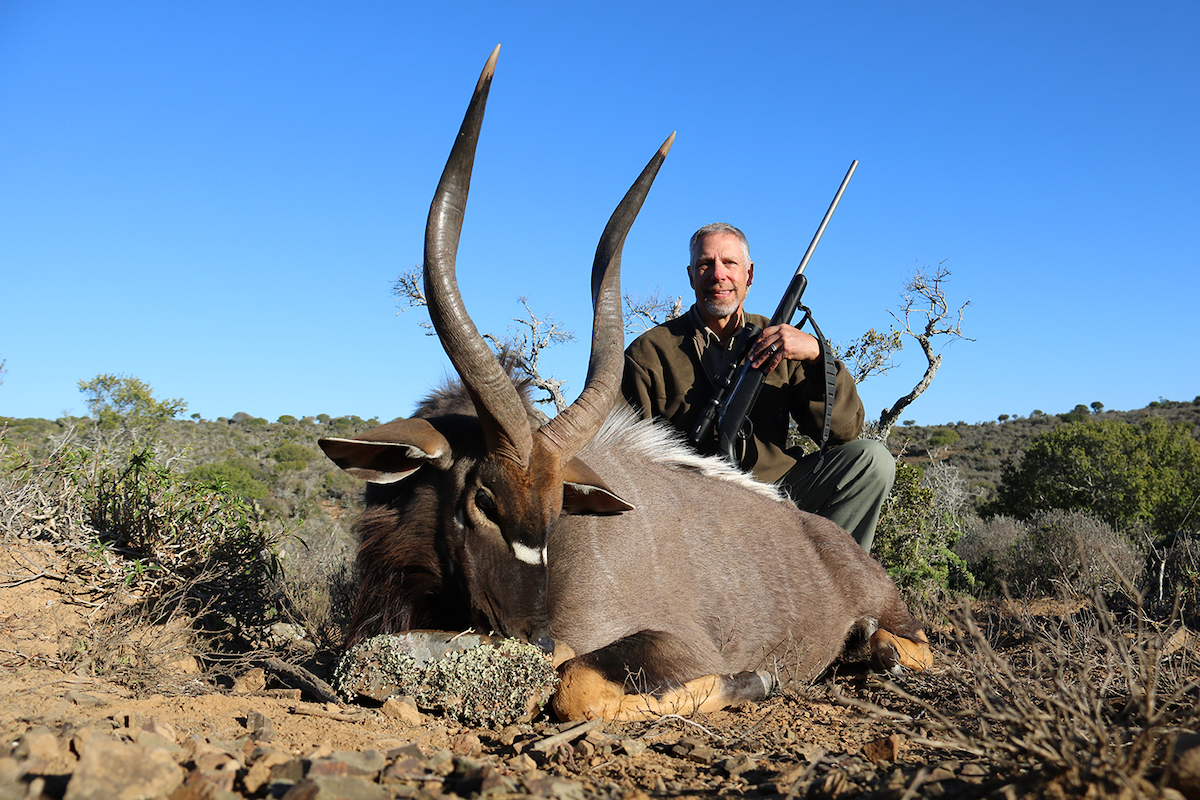
Airport Arrival
Once you arrive in Africa — Johannesburg, South Africa, for most hunters — be sure to clear customs. Even if Jo’Berg is not your final destination and you have a domestic connection, you must first clear customs. If staying in the airport hotel to catch a flight the following morning somewhere else in South Africa, you must first clear customs.
If Jo’Berg is your final destination, your PH will arrange a pickup. Do not let anyone touch your bags, and do not ride with any driver other than one affiliated with your PH.
Once you clear customs upon your arrival in Africa, your bags, including your gun if you checked one, will be re-checked to your final destination. Move quickly if you have to take your checked bags to the domestic terminal for a connecting flight. Refrain from letting solicitors touch your bags; only communicate with airport personnel who are in uniform and wearing a proper identification badge.
A Typical Hunt
A plains game hunt in Africa can be far different than what deer and elk hunters in the U.S. are used to. On my first safari in South Africa, I saw more animals in the first hour then I’d seen in several years of blacktail deer hunting back home. On another safari, I saw 17 different big game species in one day.
If you’ve hunted pronghorns in the American West, you’re getting close to knowing what a typical African plains game safari is like. The biggest difference is there are far fewer hunters and usually much more animals. Plan to hunt in Africa’s winter months — our summer — as the foliage is gone from the trees, making it easier to spot game. Some hunts take place in forested, brushy habitats.

Plains game hunts in Africa take place on private lands almost exclusively. There are fences, and they’re in place as much to keep poachers out as they are to keep animals in. Some properties are so vast you’ll drive for a week and never see a fence.
Driving and spotting game, then commencing a stalk, is the norm. The goal here is to cover as much ground as possible, looking for game, and it works. For bigger antelope like eland and kudu, fresh tracks can often be cut and followed, which is my favorite way to hunt these giant spiral-horned antelope. Driving or taking short hikes to elevated vantage points, then glassing for animals, is also common. Once a target animal is spotted, a game plan is made.

On an African safari, you pay a daily rate, then trophy fees for each species taken on top of that. Do your homework and know the price of each animal before the hunt. There are crooked outfits, so be aware. Not long ago a buddy won a South African plains game hunt at an auction. He got it for $1,500, which included three basic animals. One day when hunting, he laid eyes on his first kudu bull. He asked his PH how much it would cost to shoot the kudu, which was not in the initial package, and he did, for $7,500. The cost of a kudu is usually around $1,200, sometimes less. My buddy knew no different until he got home, and I broke the news. The PH made up for the money he’d lost in the low-bid auction and took advantage of a hunter who would not return.
In Africa, if you shoot and hit an animal, you pay the total price whether it’s recovered or not. If the trophy fee of a kudu is $1,200 and you cripple and lose one, you pay the $1,200, regardless. If you want to shoot another one, and there are enough bulls around, it’ll cost you another $1,200. It’s a pay-to-play hunting style, and it works; just be aware of the rules and keep your emotions in check.
Tips & Taxidermy
At the end of your safari, tipping 10 to 20 percent of the total hunt cost is standard but can fluctuate. If, for instance, you only shoot $3,000 worth of animals over a five-day safari, you’d want to tip on the high end. But if you shoot a $50,000 lion and a score of other animals, your tip wouldn’t be expected to cover the 20 percent mark. Generally, on most five to seven-day plains game hunts, tipping $500-$1,000 is standard in camps I’ve been to. I’ve been in camps where tips were less and more for various reasons. The tip can be given to your PH, who will distribute it to the trackers, skinners, cooks, and other support staff.
The quality of taxidermy work is much better in Africa than it used to be, and it’s easy to have them do the job and ship the mounts to you. You can also have them dip your capes and horns and send them to your home to be mounted. You’ll need to get a broker at your designated port of entry who will get the items through customs for you. You can then pick up your trophies at their facility, or they’ll deliver them in a crate to your doorstep. The price is fairly similar whether you have the taxidermy work done in Africa and then shipped home or shipped raw and then mounted at home.

For the cost of a guided elk hunt, you can take a lot of great plains game in Africa. As you learn more about the unique antelope species in Africa, even the prized Big Five, hunting them becomes addicting. Some are more elusive and more challenging to hunt than others, and some are so majestic you’ll plan future safaris to hunt those particular species. Once you’ve got a taste of Africa, you will return.


